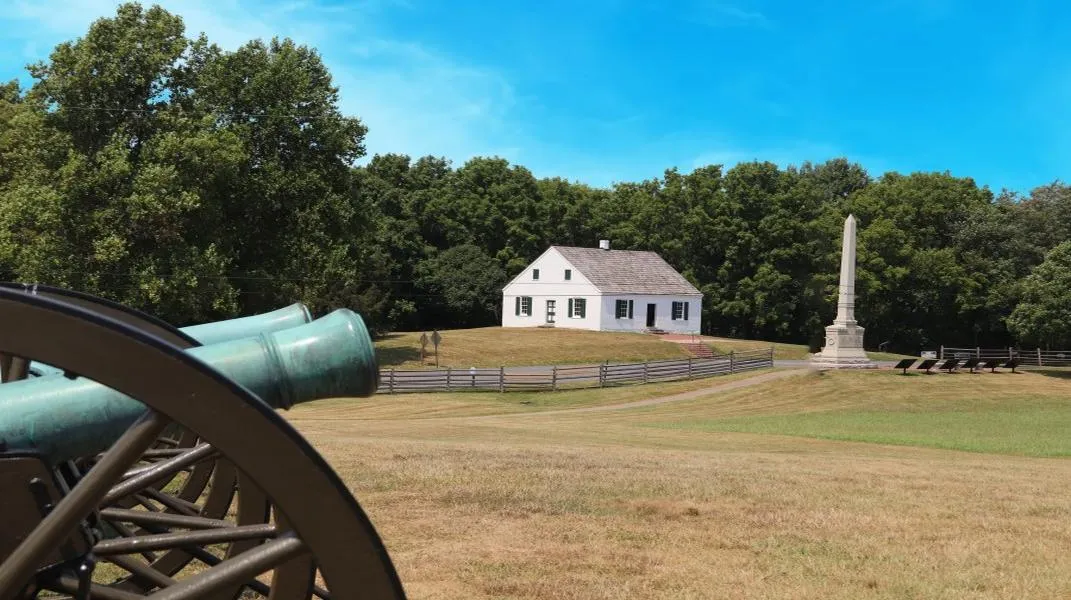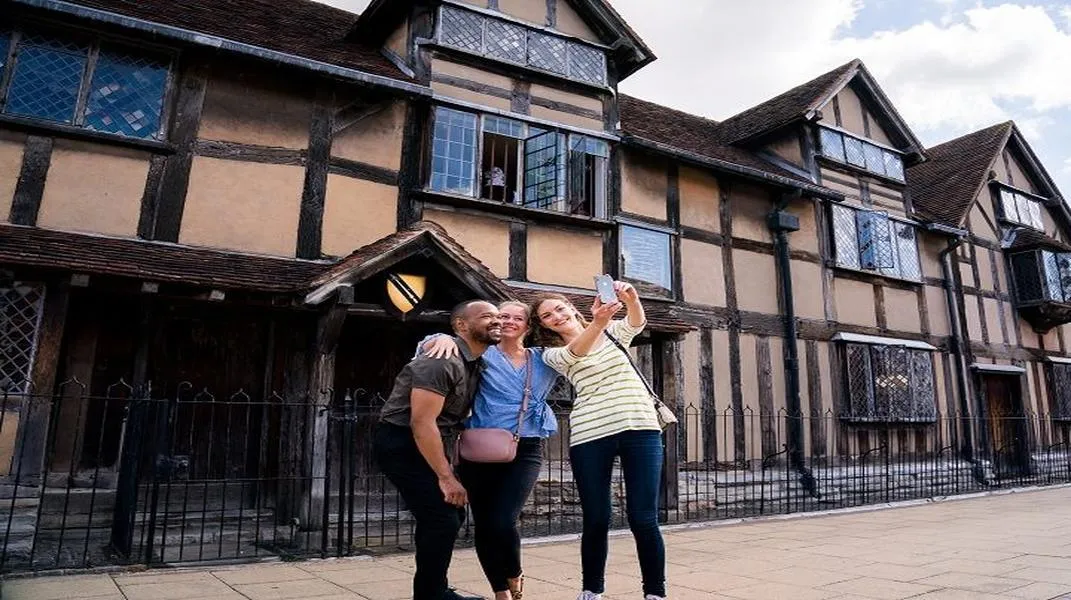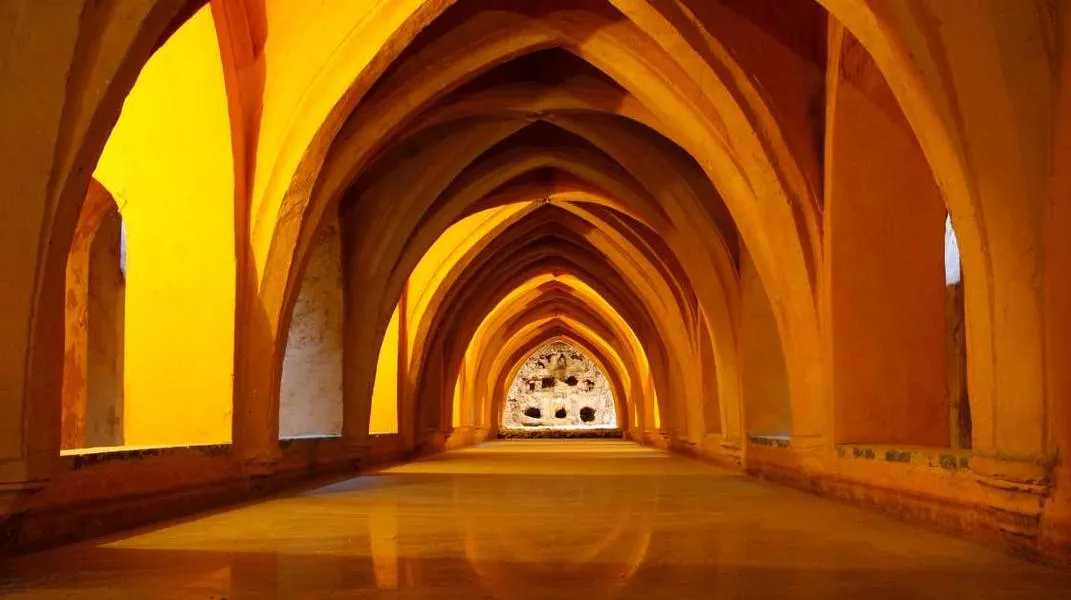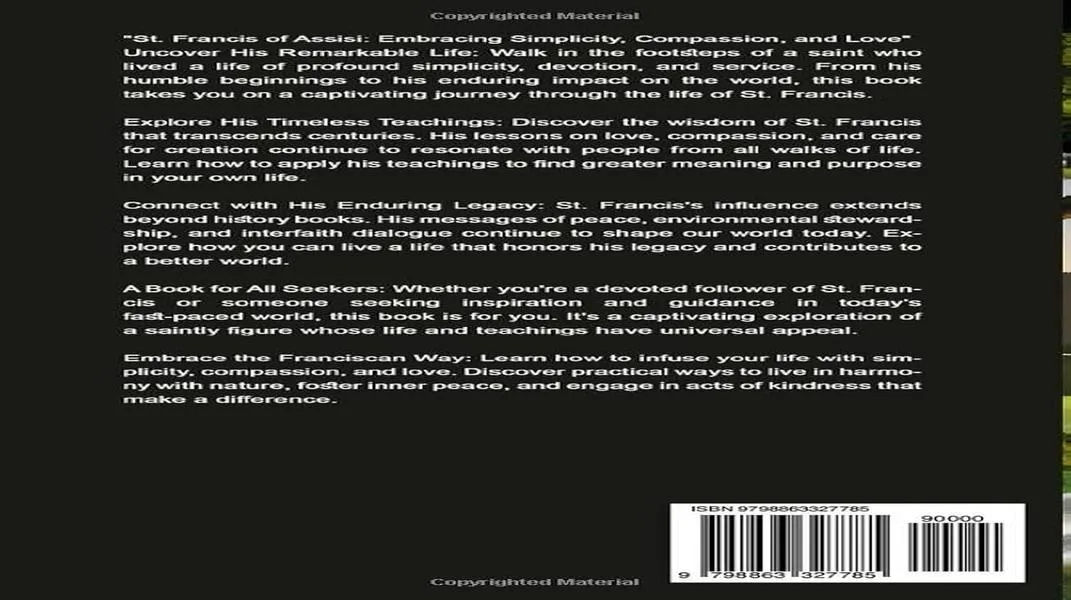Discovering Hiroshima: A Journey Through History and Resilience
Hiroshima, a city in the western part of Japan's Honshu Island, is a place that embodies both the tragedy of war and the hope of peace. Known globally as the first city to suffer an atomic bombing during World War II on August 6,
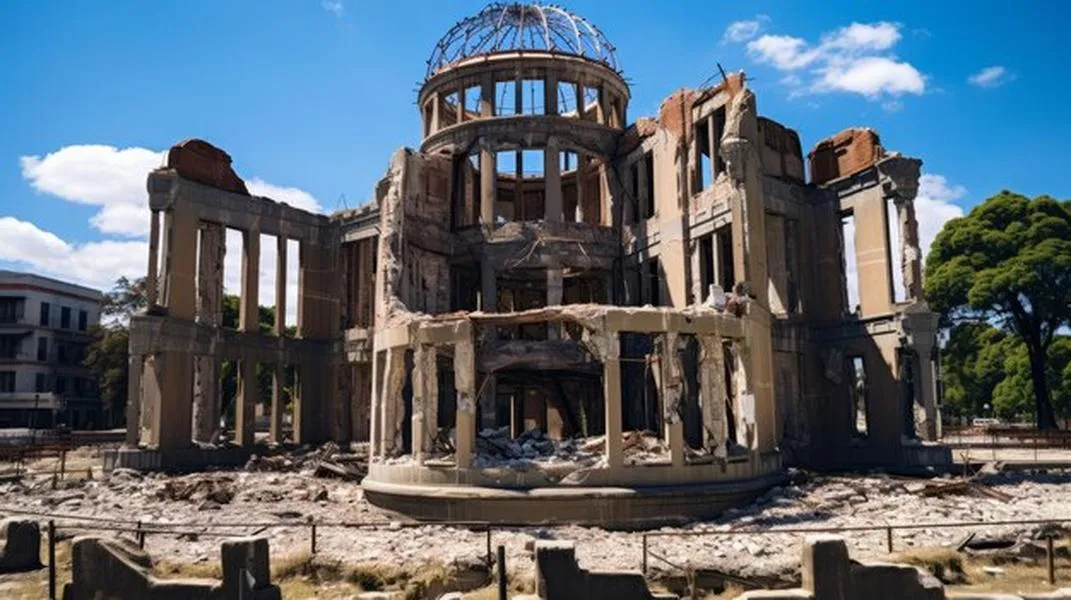
Historical Background
Before diving into the attractions, it's essential to understand the historical context of Hiroshima. The atomic bomb dropped on the city killed around 140,000 people by the end of 1945. The devastation was immense, with almost 70% of the buildings destroyed and countless lives affected. However, Hiroshima has risen from the ashes, embodying a spirit of peace and reconciliation. The Hiroshima Peace Memorial Park and its associated museums serve as poignant reminders of the past and advocates for a world free of nuclear weapons.
Key Attractions in Hiroshima
1. Hiroshima Peace Memorial Park
The Hiroshima Peace Memorial Park is the heart of Hiroshima’s remembrance and resilience. Covering an area of 120,000 square meters, the park is dedicated to those who lost their lives due to the atomic bombing. Key features of the park include:
- The Atomic Bomb Dome (Genbaku Dōmu): This UNESCO World Heritage Site was once the Hiroshima Prefectural Industrial Promotion Hall. Its skeletal remains are a stark reminder of the bombing's impact and serve as a symbol of hope for peace.
- Peace Memorial Museum: This museum provides a comprehensive overview of the events surrounding the bombing, the aftermath, and the ongoing mission for global peace. The exhibits include personal artifacts, photographs, and accounts from survivors, known as hibakusha. A visit to the museum is essential for understanding the profound effects of nuclear warfare.
- Children’s Peace Monument: Inspired by Sadako Sasaki, a girl who developed leukemia from the bomb's radiation, this monument features a bronze statue of Sadako holding a paper crane, symbolizing the hope for peace. The surrounding area is adorned with thousands of origami cranes, a testament to the global movement for peace.
2. Hiroshima Castle
Originally built in 1589, Hiroshima Castle, also known as Carp Castle, was reconstructed after its destruction in World War II. The castle is a beautiful example of Japanese architecture, surrounded by a lovely park. Visitors can explore the castle’s interior, which houses a museum detailing Hiroshima's history before the war. Climbing to the top offers a panoramic view of the city, blending historical charm with modernity.
3. Shukkeien Garden
Just a short walk from the city center, Shukkeien Garden is a serene oasis designed in the 17th century. The name translates to "shrink-scenery garden," reflecting its design that encapsulates various landscapes within a compact space. Visitors can enjoy picturesque tea houses, koi ponds, and meticulously manicured trees. The tranquility of the garden provides a beautiful contrast to the historical weight of Hiroshima.
4. Hiroshima Orizuru Tower
Offering a modern perspective on Hiroshima, the Orizuru Tower is a recent addition to the cityscape. The tower is an architectural marvel, allowing visitors to view the city from its observation deck while providing interactive exhibits on the significance of paper cranes and their association with peace. The tower’s design integrates the theme of hope, and the experience culminates in the opportunity to fold your own origami crane.
5. Miyajima Island
No trip to Hiroshima is complete without a visit to Miyajima Island, famous for its iconic "floating" torii gate, a UNESCO World Heritage Site. The island, accessible by ferry, is home to the historic Itsukushima Shrine, dedicated to the goddess of the sea. Visitors can hike up Mount Misen for breathtaking views or explore the island's quaint shops and eateries. The picturesque scenery, combined with the rich cultural heritage, makes Miyajima a must-visit.
Preparing for Your Visit to Hiroshima
A trip to Hiroshima requires some preparation to ensure a smooth and enriching experience. Here’s a comprehensive checklist of materials and considerations to keep in mind:
1. Travel Documents
- Passport: Ensure that your passport is valid for the duration of your stay.
- Visa: Check whether you need a visa to enter Japan based on your nationality. Many countries have visa exemption agreements for short stays.
2. Transportation
- JR Pass: If you plan to travel extensively across Japan, consider purchasing a Japan Rail Pass, which offers unlimited travel on JR trains, including the Shinkansen (bullet train) to Hiroshima.
- Local Transport: Familiarize yourself with Hiroshima's public transport system, including trams and buses. The Hiroshima Electric Railway (Hiroden) is convenient for getting around the city.
3. Accommodation
- Booking: Reserve your accommodation in advance, especially during peak tourist seasons. Options range from luxury hotels to budget hostels and traditional ryokan inns.
- Location: Consider staying near Hiroshima Station or the Peace Memorial Park for easy access to major attractions.
4. Clothing and Essentials
- Weather: Check the weather forecast for your visit. Hiroshima experiences four distinct seasons, so pack accordingly. Summers can be hot and humid, while winters can be cold.
- Comfortable Shoes: Prepare for a lot of walking, especially if you plan to explore the Peace Memorial Park and surrounding attractions.
- Rain Gear: Carry an umbrella or a lightweight raincoat in case of unexpected showers.
5. Cultural Etiquette
- Respectful Behavior: The memorial sites require a respectful demeanor. Speak softly, especially in the Peace Memorial Park and museums.
- Photography: While photography is generally allowed, be mindful of where you take photos, especially in sensitive areas like the memorials.
6. Currency and Payments
- Local Currency: The currency in Japan is the Japanese Yen (JPY). It’s advisable to carry some cash, as not all places accept credit cards, especially smaller shops or local eateries.
- ATMs: Look for international ATMs in convenience stores or banks to withdraw cash if needed.
7. Language
- Basic Japanese Phrases: While many people in Hiroshima understand English, learning a few basic Japanese phrases can enhance your experience and help in interactions with locals.
8. Guided Tours
- Local Guides: Consider joining a guided tour for deeper insights into the historical significance of Hiroshima. Local guides can provide valuable context and share personal stories that enrich your understanding.
9. Food and Dining
- Local Cuisine: Hiroshima is famous for its unique style of okonomiyaki (savory pancakes). Be sure to try this local delicacy along with other regional dishes such as oysters and tsukemen (dipping noodles).
- Dining Etiquette: Familiarize yourself with Japanese dining etiquette, such as saying "Itadakimasu" before a meal and "Gochisōsama deshita" afterward.
10. Peace and Reflection
- Mindset: Prepare yourself for the emotional weight of the sites you will visit, particularly the Peace Memorial Museum and the Atomic Bomb Dome. Take the time to reflect on the stories and the lessons of resilience and peace.
Conclusion
Hiroshima is a city that tells a powerful story of tragedy, resilience, and hope. Its attractions offer a unique blend of historical education, cultural appreciation, and stunning natural beauty. By preparing adequately for your visit, you’ll not only enrich your experience but also pay homage to the lives affected by the atomic bombing. As you explore Hiroshima, take the time to reflect on its past and appreciate the ongoing commitment to peace and reconciliation that resonates throughout the city. Whether you are drawn by history, culture, or simply the beauty of the landscape, Hiroshima promises an unforgettable journey that will linger in your memory long after you leave.

